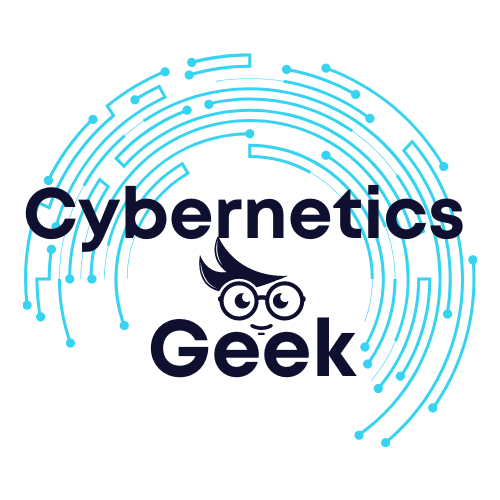Data Loss Prevention (DLP) is essential for any organization handling sensitive information. As cyber threats grow more sophisticated and regulations like GDPR and HIPAA tighten, a comprehensive DLP strategy is no longer optional—it’s critical for protecting your business, customers, and reputation.
What is Data Loss Prevention?
DLP refers to a combination of technologies, strategies, and practices designed to detect and prevent the unauthorized sharing, use, or theft of sensitive data. It applies to data in motion (e.g., during email or file transfers), at rest (e.g., in databases or backups), and in use (e.g., during editing or printing).
Why is Data Loss Prevention Important?
The risks of failing to protect sensitive information are immense, ranging from financial penalties to loss of customer trust. DLP helps organizations:
- Prevent Data Breaches: By proactively blocking unauthorized access or transfer of data.
- Ensure Compliance: Adhering to standards like GDPR, PCI DSS, and HIPAA.
- Protect Intellectual Property: Safeguarding trade secrets and proprietary information.
- Reduce Insider Threats: Detecting and mitigating risks posed by employees or contractors.
Quick fact: According to IBM’s 2023 Cost of a Data Breach Report, the average cost of a breach is $4.45 million. Implementing DLP can significantly reduce this risk.
Key Components of a DLP Strategy
1. Data Identification and Classification
Identify and categorize data based on sensitivity. Examples include personally identifiable information (PII), financial records, and intellectual property. Tools like Symantec DLP or Microsoft Purview help automate classification.
2. Policy Development
Establish clear rules for data usage, access, and transfer. Define what constitutes “sensitive data” and outline acceptable practices for handling it.
3. Real-Time Monitoring and Alerts
Use DLP solutions to monitor data movement across your network and cloud environments. Real-time alerts enable swift action when policy violations occur.
4. Encryption
Encrypt sensitive data at rest and in transit. Encryption ensures that even if unauthorized access occurs, the data remains unreadable.
5. Regular Employee Training
Human error accounts for a significant percentage of data breaches. Train employees to recognize phishing attacks, handle sensitive information securely, and follow company policies.
Pro Tip: Combine training with DLP tools to enforce policies automatically, reducing the burden on employees.
How to Implement a DLP Strategy
Step 1: Assess Your Data Risks
Conduct an audit of where sensitive data resides, how it’s accessed, and potential vulnerabilities.
Step 2: Choose the Right DLP Solution
Evaluate tools based on your organization’s size, industry, and specific needs. Popular options include Forcepoint, Symantec DLP, and Microsoft Defender.
Step 3: Integrate DLP with Cloud Security
For businesses relying on cloud platforms, ensure your DLP integrates seamlessly with services like Microsoft 365 or AWS to monitor cloud-based data effectively.
Step 4: Test and Monitor
Run simulations to test the effectiveness of your DLP solution. Continuously monitor and refine policies as your organization evolves.
Best Practices for DLP Success
- Apply Role-Based Access Control (RBAC): Limit access to sensitive data based on job responsibilities.
- Enable Endpoint Protection: Secure all devices that connect to your network, including laptops and smartphones.
- Perform Regular Security Audits: Periodically review your DLP policies and systems to identify weaknesses.
- Integrate DLP with SIEM Tools: Solutions like Splunk or IBM QRadar provide advanced analytics and threat detection.
Real-Life Examples of DLP in Action
- Retail Industry: A major retailer avoided a breach by deploying a DLP solution that flagged an unauthorized attempt to transfer customer credit card data.
- Healthcare: Hospitals use DLP to protect patient health records, ensuring compliance with HIPAA.
FAQ: Common Questions About Data Loss Prevention
Q: What industries benefit most from DLP?
A: DLP is critical for healthcare, finance, retail, and any industry handling sensitive customer or business data.
Q: How much does DLP cost?
A: Costs vary widely depending on organization size and the chosen solution. Entry-level tools may cost a few thousand dollars annually, while enterprise solutions can be much higher.
Q: Can DLP stop insider threats?
A: Yes, DLP tools monitor suspicious activities, such as unauthorized downloads or email attachments, helping mitigate insider risks.
Conclusion
Data Loss Prevention is not just about technology—it’s a comprehensive approach to securing your most valuable asset: information. By following best practices, using the right tools, and continuously refining your strategy, you can reduce risks, comply with regulations, and build trust with your stakeholders.
